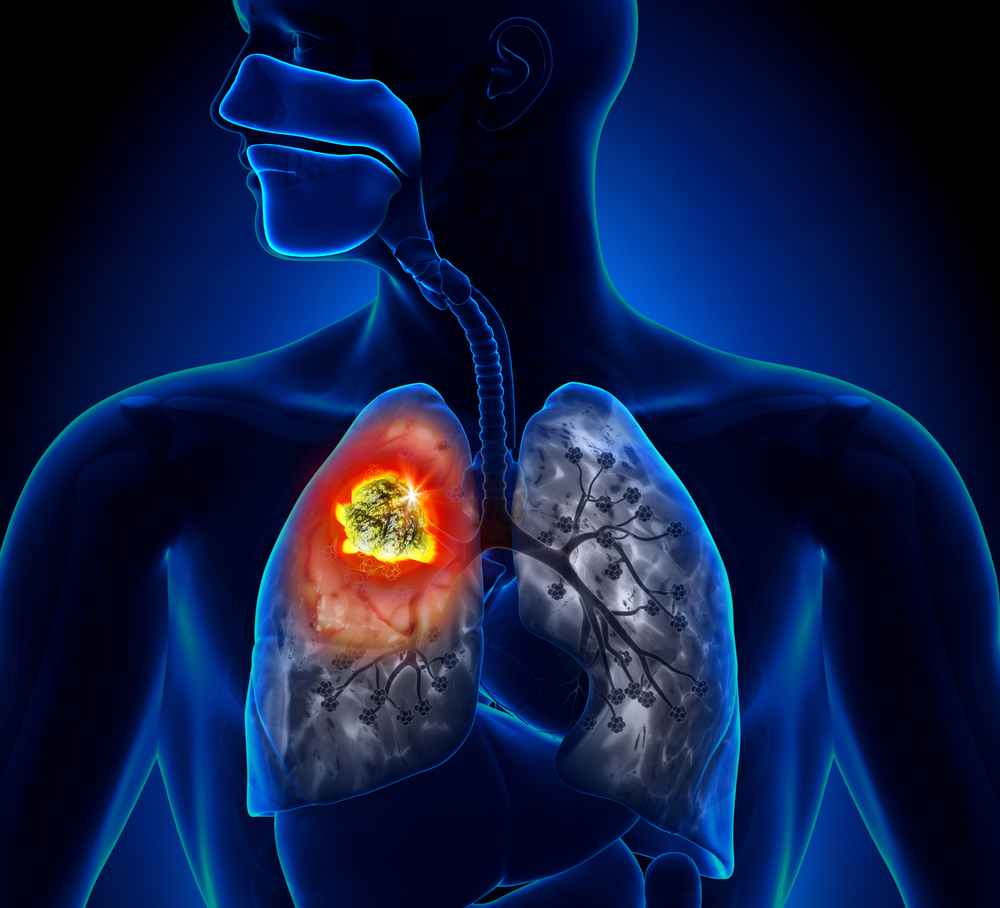Oncothermia to Slow Down the Progression and Prevent the Development of Ultimate Pulmonary Fibrosis by COVID-19
Right now, we are facing a global pandemic caused by the coronavirus SARS-CoV-2 that causes the highly contagious human disease COVID-19. The number of COVID-19 cases is increasing at an alarming rate, more and more people suffer from it, and the death toll is on the rise since December 2019, when COVID-19 has presumably appeared.
We need an urgent solution for the prevention, treatment, and recovery of the involved patients.
Methods
Oncothermia (Modulated electro-hyperthermia, mEHT) is known as an immuno-supportive therapy in oncology. The proposal from a group of scientists from the McGill University, Canada, is to apply this method to prevent the progression of the Pulmonary Fibrosis after its identification, to provide treatment when necessary, and deliver rehabilitation to diminish the fibrotic—often fatal—consequences of the infection.
Hypothesis
The effects of Oncothermia, which are proven for oncological applications, could be utilized for the inactivation of the virus or for treating the fibrotic consequences.
In the other hand, the hypothesized Oncothermia effects, which could have a role in the antiviral treatment, it could be applied for viral-specific immune-activation and for anti-fibrotic treatments.
It´´` is remarcable, that the proposal focuses on the electromagnetic impact, which combines the effects caused by heat and electric field, using their strong synergy. Temperature-dependent and non-temperature dependent factors are combined for optimal treatment. Oncothermia uses the biophysical differences between the malignant and healthy cells to select them and induce apoptotic signals; and immune-mediated abscopal effect.
These method has a long and successful history; it is applied in oncology all over the world.

Radiofrequency current flows into the direction of the lower impedance. (A) The increased metabolic activity of the infected cells allow lower impedance (higher conductance) in their microenvironment than in the healthy cells. (B) The electric field selects the volumes with a high concentration of the infected cells. (C) the lung-lesions are loaded more with the radiofrequency current than the non-infected parts.
The thermal aggregation of the SARS-CoV membrane protein may be one of the reasons for the inactivation of this virus by heat. The Oncothermia is also a partly thermal method, which locally heats the membrane rafts of the targeted cells in-depth.

Antiviral immune-effect of Oncothermia: the Oncothermia selects the infected cells which release a damage-associated molecular pattern through the process of immunogenic cell-death. The DAMP provides viral genetic information to maturate the dendritic cells producing antigen presentation for T-cells, which turn to viral specific CD4+ CD8+ form. Viral-specific T-cells attack the infected cells in all over the body.
More Information
For more information, you can consult the following link.
If you want more information regarding Oncotermia applied to cancers, you can visit the following link.


 Oncothermia in combination with Radiotherapy exerts a radiosensitizing effect in lung cancer.
Oncothermia in combination with Radiotherapy exerts a radiosensitizing effect in lung cancer.

